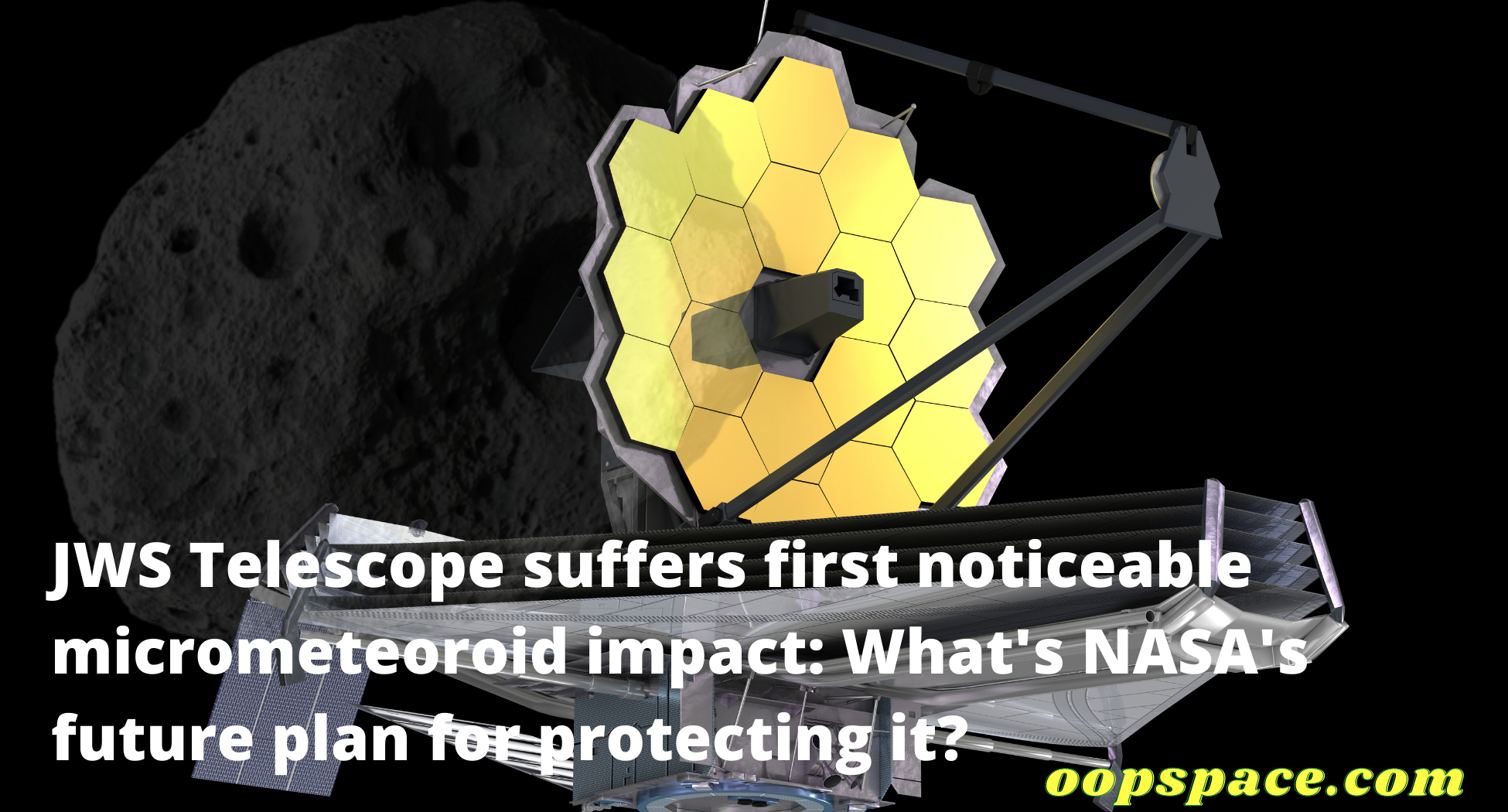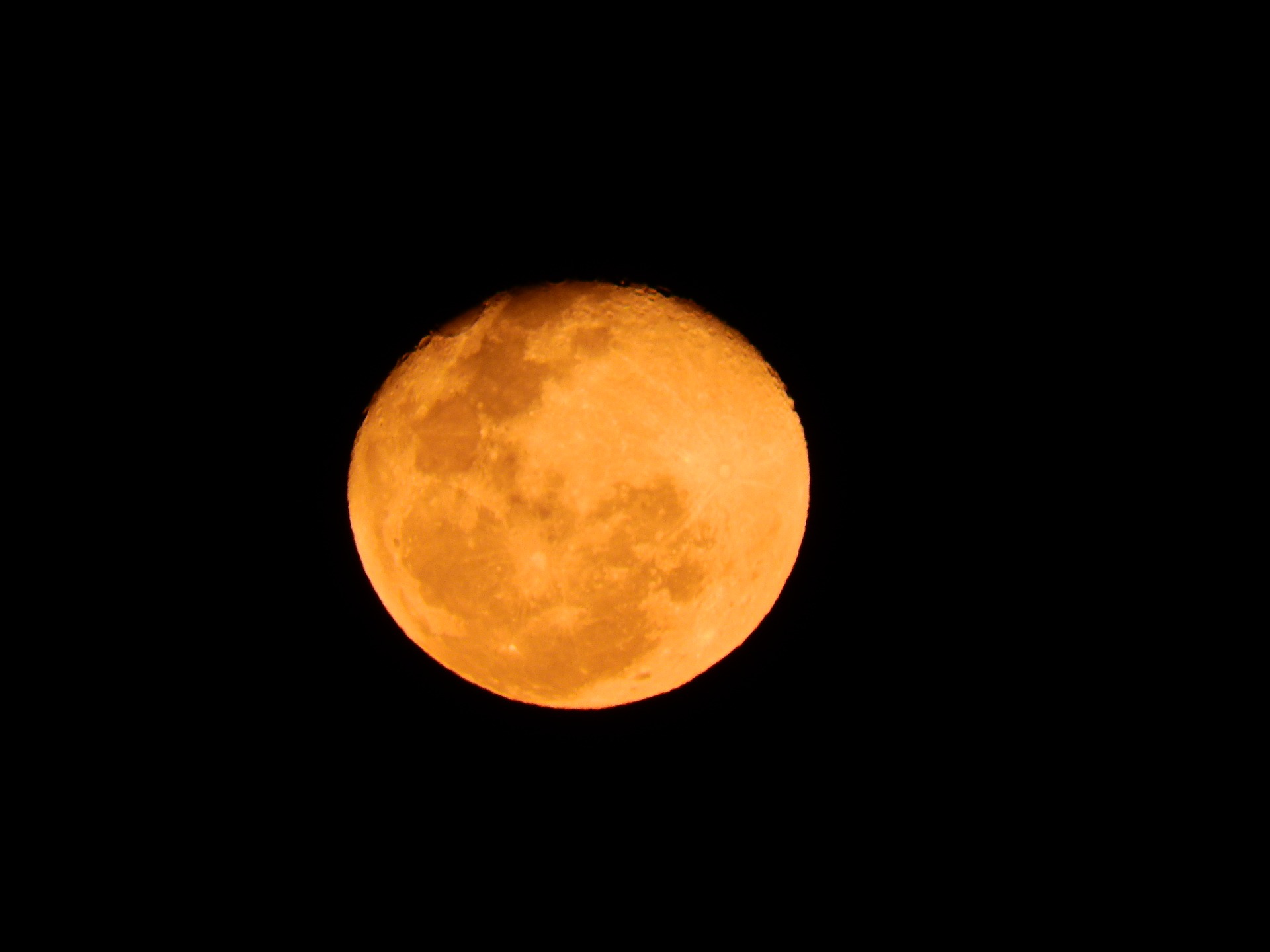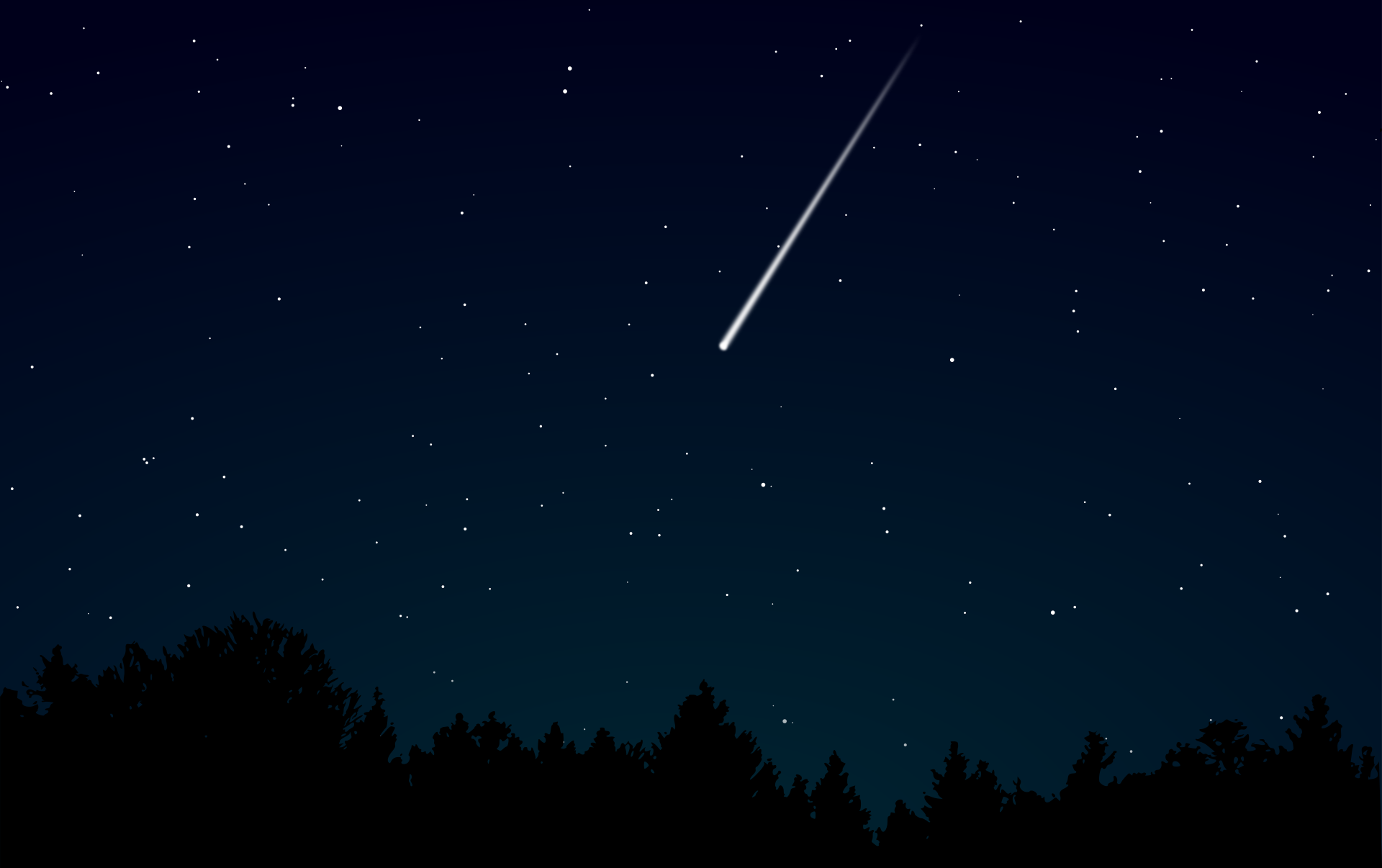JWS Telescope suffers first noticeable micrometeoroid impact: What’s NASA’s future plan for protecting it?

The James Webb Space(JWS) Telescope, NASA’s next-generation space observatory, has sustained its first noticeable micrometeoroid impact less than six months after launch, but the agency isn’t too concerned.
The Webb telescope was launched on Dec. 25, 2021. It has gone through the intervening months trekking out to its deep-space post and preparing for science observations, a complicated process that has gone remarkably smoothly. Recently on July 12, NASA said it expected to unveil the first science-quality images from the telescope.
A brief description of the James Webb Telescope
James Webb Telescope was designed to study the first galaxies ever formed, peer through dusty regions of space in search of stars and planetary systems in the process of forming, and examine young galaxies in the distant universe. It is an infrared-optimized observatory that will carry four science instruments.
The telescope has a 21-foot-diameter primary mirror composed of 18 hexagonal mirrors, making it larger than any other space telescope. It is more capable than the Hubble Space Telescope in the sense that it is designed to look deeper into the universe, and explore regions of space that are colder and darker than what Hubble can examine. The telescope has a shield that protects it from micrometeoroids and orbital debris.
Scientists have been particularly excited about the Webb telescope because it is designed to look at some of the early stages of galaxy formation. This means that the telescope will be able to see detail on a distant scale, which is something no observatory has ever been able to do before.
NASA says the Webb Space Telescope suffers first noticeable micrometeoroid impact
On Wednesday, June 8, 2022, the agency announced that the observatory has experienced its first few impacts from tiny pieces of space debris called micrometeoroids. However, NASA has expected that the observatory’s schedule and its scientific legacy did not suffer.
Lee Feinberg, Webb optical telescope element manager at NASA’s Goddard Space Flight Center in Maryland, said in the statement, “With Webb’s mirrors exposed to space, we expected that occasional micrometeoroid impacts would gracefully degrade telescope performance over time”. Feinberg further added, “Since launch, we have had four smaller measurable micrometeoroid strikes that were consistent with expectations, and this one more recently that is larger than our degradation predictions assumed”.
According to NASA, the most serious of the impacts occurred between May 23 and May 25 and affected the C3 segment of the 18-piece gold-plated hexagonal primary mirror, according to the statement.
According to the statement, all spacecraft are expected to experience and designed to withstand micrometeoroid impacts, and JWST is no different. The observatory’s engineers even subjected mirror samples to real impacts to understand how such events might affect the mission’s science. But, the recent impact was larger than those that mission personnel had modeled or could test on the ground.
Latest Posts:
- Millions of North Americans enjoy April 8 total solar eclipse
- April 8 solar eclipse expected to bring unique experiences
- NASA’s Hubble Telescope Images a Violently Birthing Star
- Most powerful solar storm since 2017 hits earth
- What’s special about 1st 2024 lunar eclipse tonight?
What NASA officials say about the impact?
Although the impact came so early in the observatory’s tenure, NASA officials are confident that the $10 billion telescope will still perform adequately.
“We always knew that Webb would have to weather the space environment, which includes harsh ultraviolet light and charged particles from the sun, cosmic rays from exotic sources in the galaxy, and occasional strikes by micrometeoroids within our solar system”, report says quoting to Paul Geithner, technical deputy project manager at NASA Goddard, as saying in the statement. Geithner also said that they had designed and built Webb with performance margin — optical, thermal, electrical, mechanical — to ensure it could perform its ambitious science mission even after many years in space.
Moreover, officials noted in the statement that JWST launched with its optics in even better shape than the agency bargained for.
Related Stories:
- James Webb Space Telescope’s First Images Coming Soon
- James Webb sees its first star:
- Webb Telescope will help us to study remote quasars
As written by the officials, some micrometeoroid impacts can be predicted. For example, when the spacecraft is set to fly through known meteor showers, personnel can maneuver JWST’s optical systems into safety for these events. But, the recent impact was not part of such a meteor shower and the statement classified it as “an unavoidable chance event.”
Engineers, after an impact occurs, can individually adjust the 18 primary mirror segments on the observatory to keep the mirror as a whole finely tuned.
NASA’s future plan about protecting the telescope
While the JWST team continues to evaluate the impact, NASA is focused on better understanding both the particular event and the environment that the observatory will experience throughout its mission. The Webb telescope is orbiting what scientists call the Earth-sun Lagrange point 2, located nearly 1 million miles (1.5 million kilometers) away from Earth in the direction opposite the sun.
Feinberg said that they would use that flight data to update their analysis of performance over time and would also develop operational approaches to assure they maximized the imaging performance of Webb to the best extent possible for many years to come.
Though the telescope suffered a notable impact early on and that it needs to be adjusted, NASA is hopeful that the observatory will be able to provide scientists with countless large discoveries.
Therefore, we all have to hope that the James Webb Space Telescope remains fully operational for years to come as it has a great potential to help us understand the universe better.
Auto Amazon Links: No products found.


